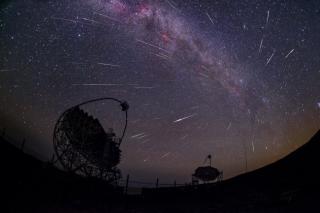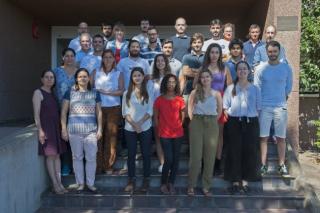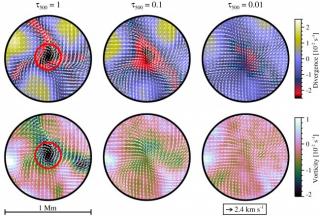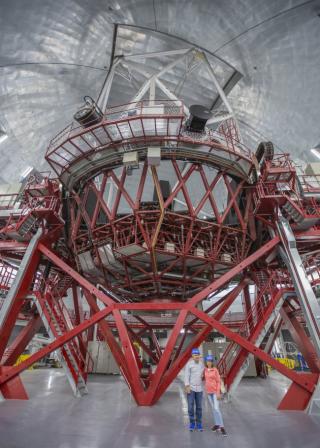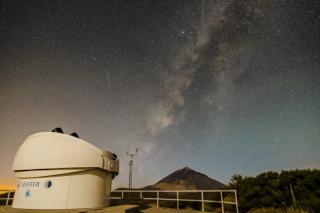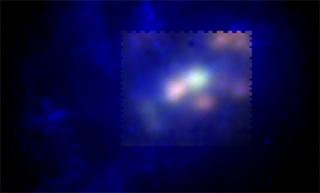The new instrument MEGARA, installed last March on the Gran Telescopio CANARIAS (GTC), at the Observatorio del Roque de los Muchachos (Garafía, La Palma), last night made its first observation after the necessary period of setting up and testing. They were able to obtain high quality data of some key objects such as the galaxy first explored by the Complutense university, known as UCM2325+2318, as well as the galaxies Haro 44 and NGC 77469. In the false colour image of the galaxy UCM2325+2318 the emission from the nitrogen and the hydrogen in the warm (10,000 degree) gas are shown
